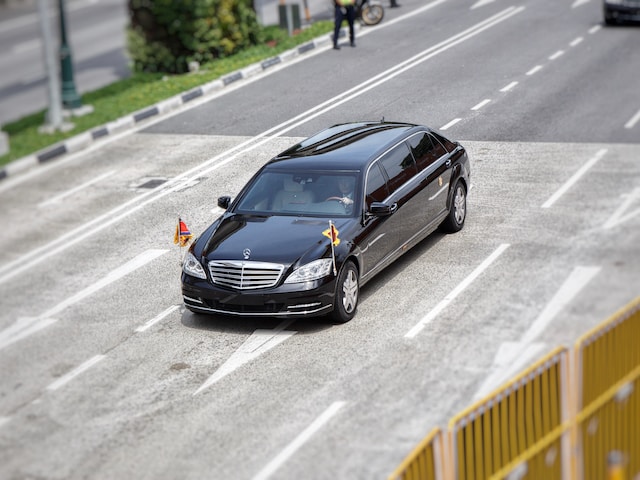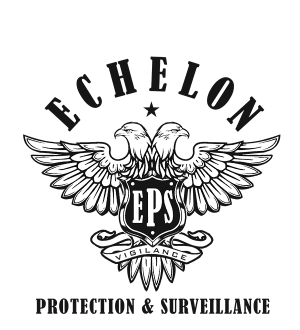 Securing transportation for political candidates is a complex task that requires meticulous planning and execution. The risks involved in transporting a political figure are multifaceted, ranging from physical threats to digital security breaches. In today’s politically charged environment, the safety of candidates is paramount, making the role of security teams more critical than ever.
Securing transportation for political candidates is a complex task that requires meticulous planning and execution. The risks involved in transporting a political figure are multifaceted, ranging from physical threats to digital security breaches. In today’s politically charged environment, the safety of candidates is paramount, making the role of security teams more critical than ever.
Comprehensive Risk Assessment
Before implementing any security measures, conducting a thorough risk assessment is essential. This process involves analyzing potential threats, identifying vulnerabilities, and understanding the specific needs of the candidate. Factors such as the candidate’s public profile, the nature of the event, and the geographical location play a crucial role in determining the level of security required.
Choosing the Right Vehicle
Selecting an appropriate vehicle is a crucial step in ensuring safe transport. Armored vehicles, often used for high-profile political figures, offer enhanced protection against ballistic and explosive threats. These vehicles should be unobtrusive yet fortified, equipped with advanced security features like bulletproof glass, reinforced frames, and secure communication systems.
Trained Security Personnel
The security team must comprise highly trained professionals experienced in executive protection. These individuals should be skilled in defensive driving, threat detection, and emergency response. Regular training and drills are necessary to keep the team prepared for any unforeseen situations.
Route Planning and Surveillance
Careful route planning is vital to avoid potential threats and ensure the quickest, safest path to the destination. Routes should be varied to prevent predictability, a common vulnerability in transport security. Additionally, pre-travel surveillance of the route and destination can identify potential risks and allow for the development of contingency plans.
Communication and Coordination
Effective communication among security team members is crucial. The use of encrypted communication devices ensures that sensitive information remains confidential. Coordination with local law enforcement and event organizers is also important for a comprehensive security approach.
Digital Security Measures
In the digital age, cybersecurity is as important as physical security. Secure communication channels for the candidate and the security team are essential to prevent eavesdropping and hacking attempts. Digital security protocols should be in place to safeguard against data breaches and cyber threats.
Emergency Response Preparedness
The security team must be prepared for emergency situations. This includes having medical supplies on hand, knowing the locations of nearby hospitals, and having a clear evacuation plan. Quick response to any threat is crucial in safeguarding the candidate.
Public Interaction Management
Managing interactions with the public is a delicate balance between accessibility and security. Security personnel should be trained to handle crowds, identify suspicious behavior, and respond appropriately to any threats while allowing the candidate to engage with supporters.
Continuous Evaluation and Improvement
Security measures should be continuously evaluated and updated based on changing threat landscapes and feedback from security operations. Regular reviews and improvements ensure that the security strategy remains effective and up-to-date.
Conclusion
Securing transport for political candidates is a critical aspect of their safety and requires a multi-faceted approach. From choosing the right vehicle to implementing digital security measures, every aspect plays a vital role in ensuring the candidate’s safety. With the right preparation, training, and equipment, security teams can effectively mitigate risks and provide safe transport for political figures in an increasingly unpredictable world.


